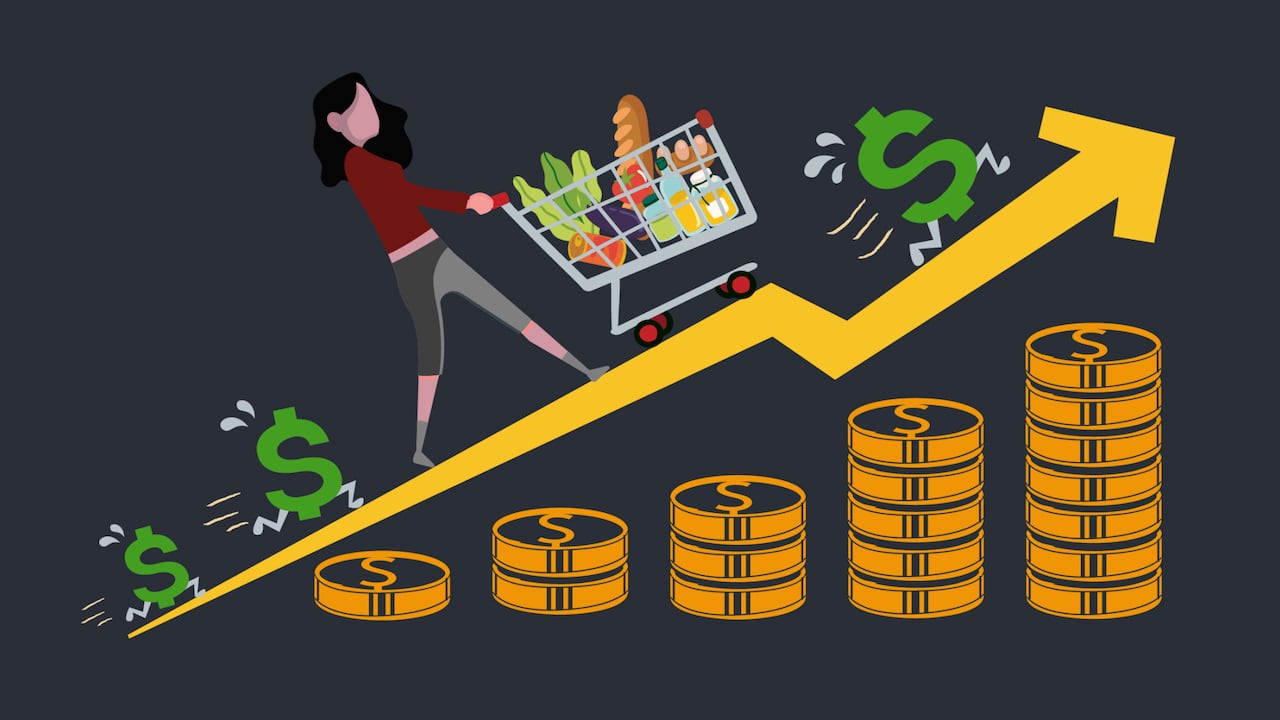What Methods Do Countries Use To Counter Inflation
Oct 02, 2023 By Triston Martin
The cost of products and services may go higher if there is a shortage of raw materials or if people spending their windfall from a thriving economy outpace the ability of manufacturers to meet demand. These two situations typically work together to cause Inflation.
Generally, governments want to keep Inflation at a manageable level that supports economic development without drastically eroding the currency's value. The Federal Reserve's Federal Open Market Committee is tasked with achieving the Fed's goals of stable prices and maximum employment through monetary policy decisions.
While there is no foolproof strategy for taming Inflation, specific approaches have proven more successful and caused less collateral harm than others.
Inflation: What Can Be Done to Stop It?

Limits on Prices
Price controls refer to the imposition of a ceiling or floor on the government's selling price of an item. Pay limits might be put in place with price controls to curb wage-drive inflation. U.S. President Richard Nixon attempted to curb Inflation by enacting sweeping pricing restrictions in 1971.
Although the price restrictions were well-liked and thought to be efficient initially, they proved ineffective when Inflation reached post-war highs in 1973. Most economists believe that the 1970s prove that price controls are inefficient at reducing Inflation, despite various intervening events.
Tightening of The Fed's Funds Rate
Monetary policy tightening has recently gained favor. A contractionary policy seeks to lower the money supply inside an economy by raising interest rates. 5 The higher cost of borrowing has a multiplier effect on the economy, reducing expenditure by both consumers and businesses.
Some of the methods used by the Federal Reserve, the central bank of the United States, to combat Inflation are outlined here.
Money Market Rate

The overnight lending rate between banks is known as the federal funds rate. The Federal Reserve does not directly control the fed funds rate. To bring interbank rates into the optimum fed funds rate range, the FOMC establishes a field for the fed funds rate and then modifies two additional interest rates.
When banks deposit money with the Federal Reserve, they are paid a rate known as interest on reserves. 7 Given that the United States has never defaulted on its debt, the interest rate on reserves is the absolute minimum a prudent lender would take. The RRP rate applied overnight is comparable.
The reason for its existence is that not all banks keep their deposits with the Federal Reserve. The overnight RRP allows these institutions to buy a federal asset at night and then resale it to the Fed at a discount. The ON RRP rate is calculated as the difference between the purchase and sale prices of securities.
Trading on the Open Market
Open market operations (OMOs) involve the buying and selling Treasury securities and include reverse repurchase agreements. The Federal Reserve uses open market operations (OMOs) to boost or reduce the money supply and interest rates by purchasing or selling U.S. Treasuries.
As the Fed purchases securities, the notorious balance sheet expands, and when it sells securities, the balance sheet contracts. Selling assets increases market volatility and puts upward pressure on interest rates while buying them does the reverse.
Minimum Required Reserves
Reserve requirements or the minimum amount of cash banks were obliged to hold on hand to meet withdrawals, were another tool the Federal Reserve used to control the money supply until March 26, 2020. Due to increased reserve requirements for banks, less money was available for lending to customers. The Fed can reinstate reserve requirements anytime, even though they were reduced to zero in March 2020.
Rate of Discount
Loans from the Federal Reserve to commercial financial firms and banks accrue interest at a discount rate. The discount window is the name of the lending facility that provides these short-term loans.
The discount rate is agreed upon by the boards of directors of the several Reserve Banks and the Board of Governors of the Federal Reserve System.
The discount rate is another interest rate that has to be adjusted to control Inflation, even though the discount window's primary objective is to meet banks' short-term liquidity requirements and ensure stability in the financial system.
Conclusion
There are few tools available to governments to combat Inflation. Although they can limit prices, their track record with the comprehensive price restrictions needed to affect Inflation could be more encouraging. The current favored strategy for managing Inflation is to pursue a contractionary monetary policy, although so-called soft landings are difficult to achieve.








